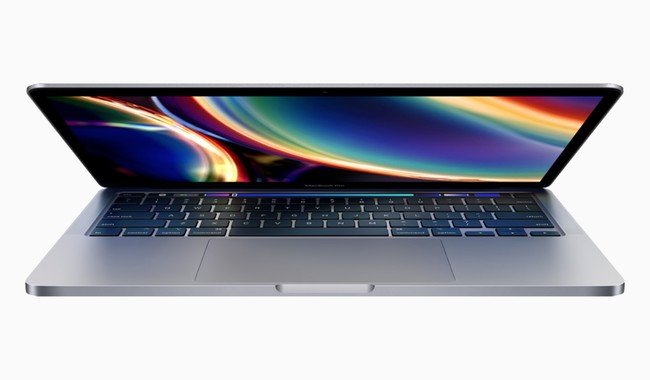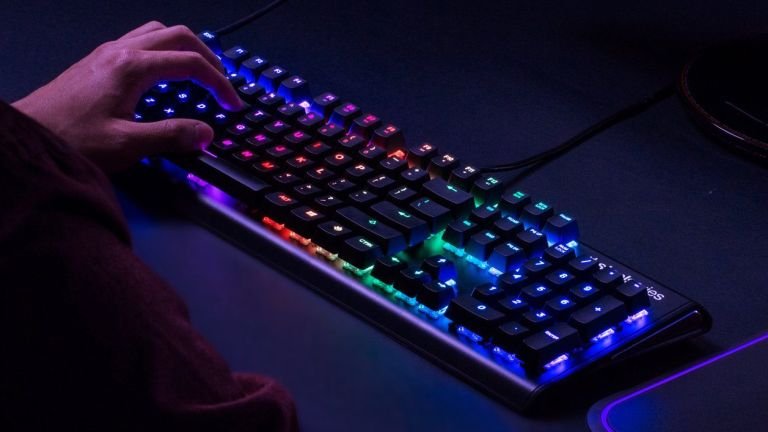NFC creates a new wireless charging standard intended for small devices like headsets and smart watches
Wireless charging, after several years, finally seems to be established in consumer electronic devices such as smartphones , smart watches or wireless headphones. All of them with the Qi standard as a reference, a standard that will now be joined by a new one based on NFC technology. ‘Wireless Charging Specification’ is proposed as an alternative to Qi when it comes to charging small, low-consumption devices.
Announced by the NFC Forum , the body in charge of managing NFC technology, the new standard will become part of the capabilities of NFC-enabled devices. NFC is a wireless communication technology that is currently used for data exchange when making mobile payments, for example. But it also allows you to transmit power to charge a device , as we saw for example with the electronic ink screen that does not need a battery .

At 1W and for low power devices
The idea of the NFC wireless charging standard is not so much to replace Qi as to complement it. Qi allows loads of at least 5W and depending on the hardware it can go up to 10W or even 30W . Meanwhile, because of how the NFC system is designed, it doesn’t allow more than 1W in this new standard.
The advantage of WLC is being able to use a single NFC antenna for both data communication and power transmission . In this way, manufacturers could save, for example, implementing a Qi charge matrix in smaller devices. Devices that do not have a large capacity battery or require an urgent charge.
The NFC Forum uses smart watches, smart wristbands, wireless headphones, or stylus as an example . These types of devices are the ones that are being charged lately by means of a reverse wireless charge (obtaining the power of a larger device such as the smartphone or the tablet ).
At the moment the standard has been drafted and approved, now it will be a matter of manufacturers wanting to implement it and start doing it on their next devices. There is absolutely no date for this, but it will be interesting to see how the use of this technology develops in future products.



